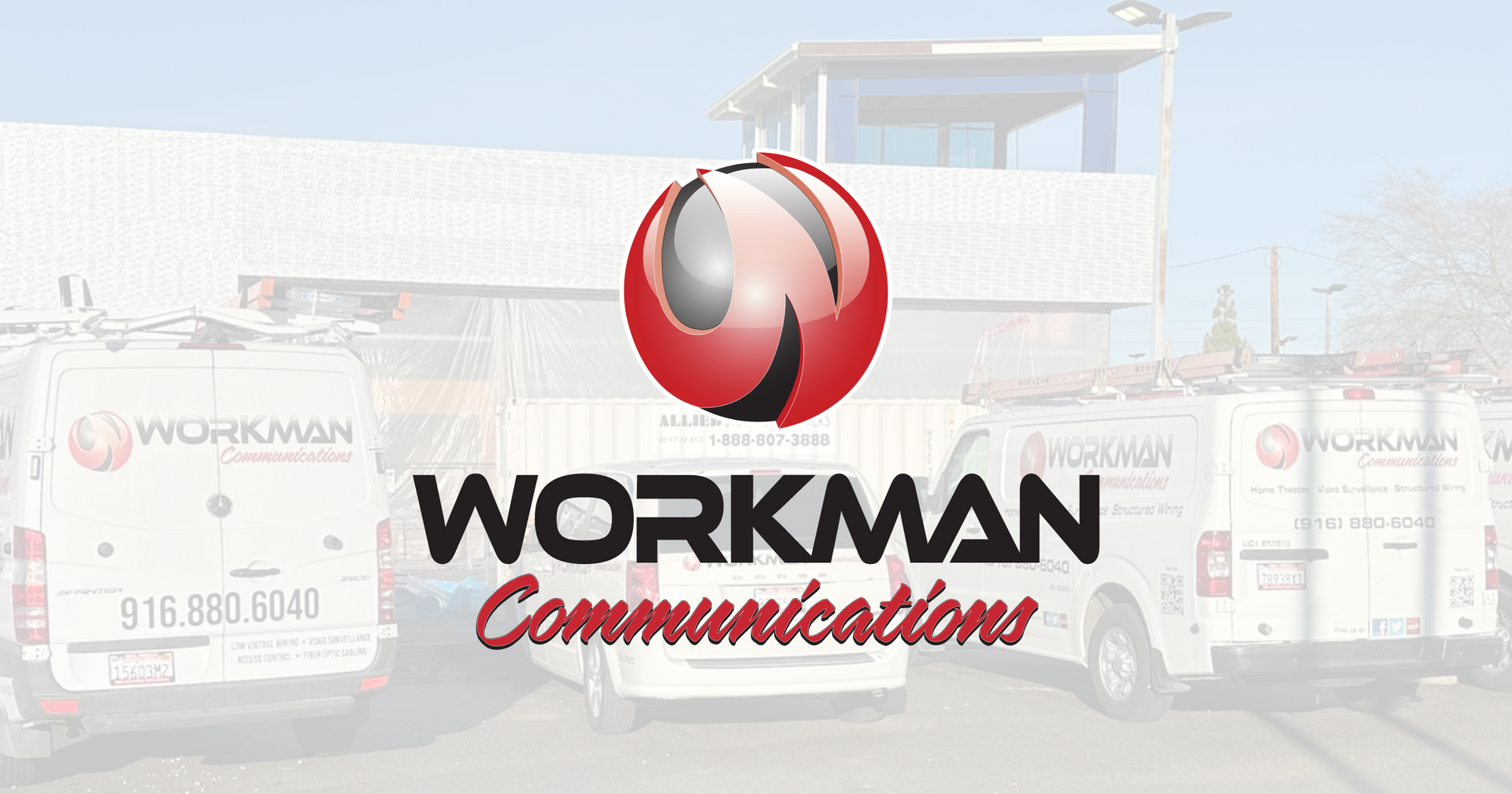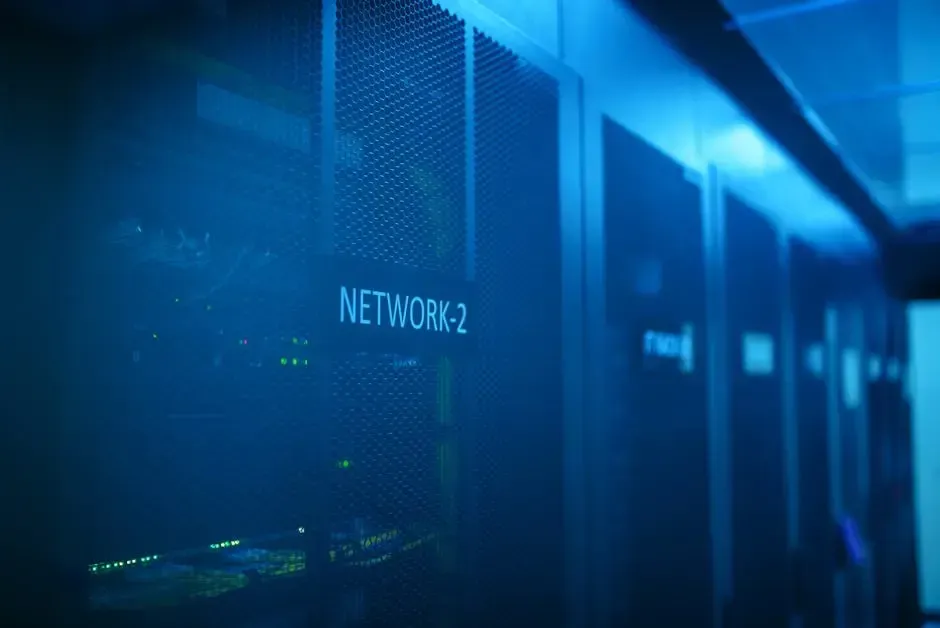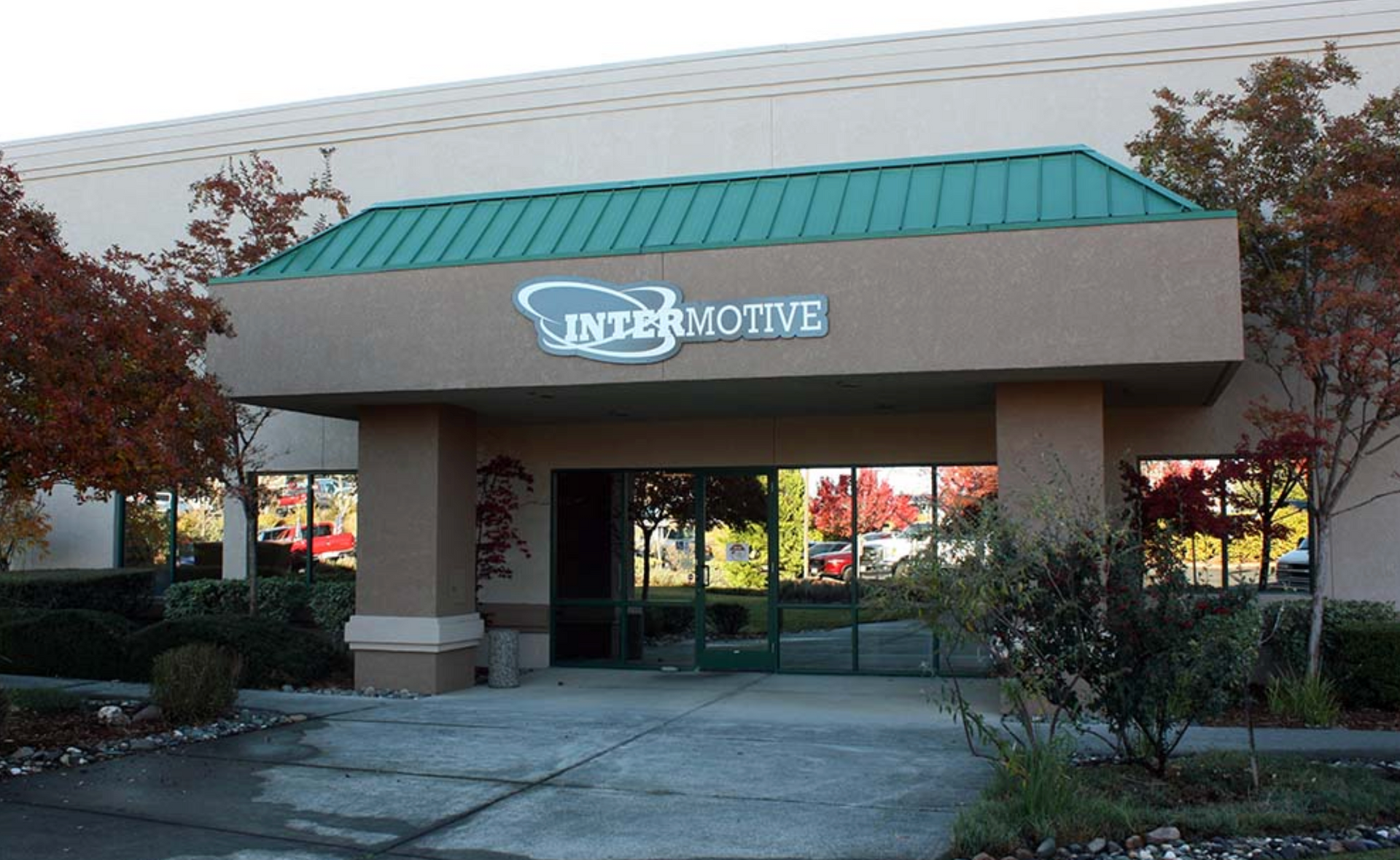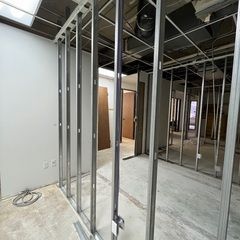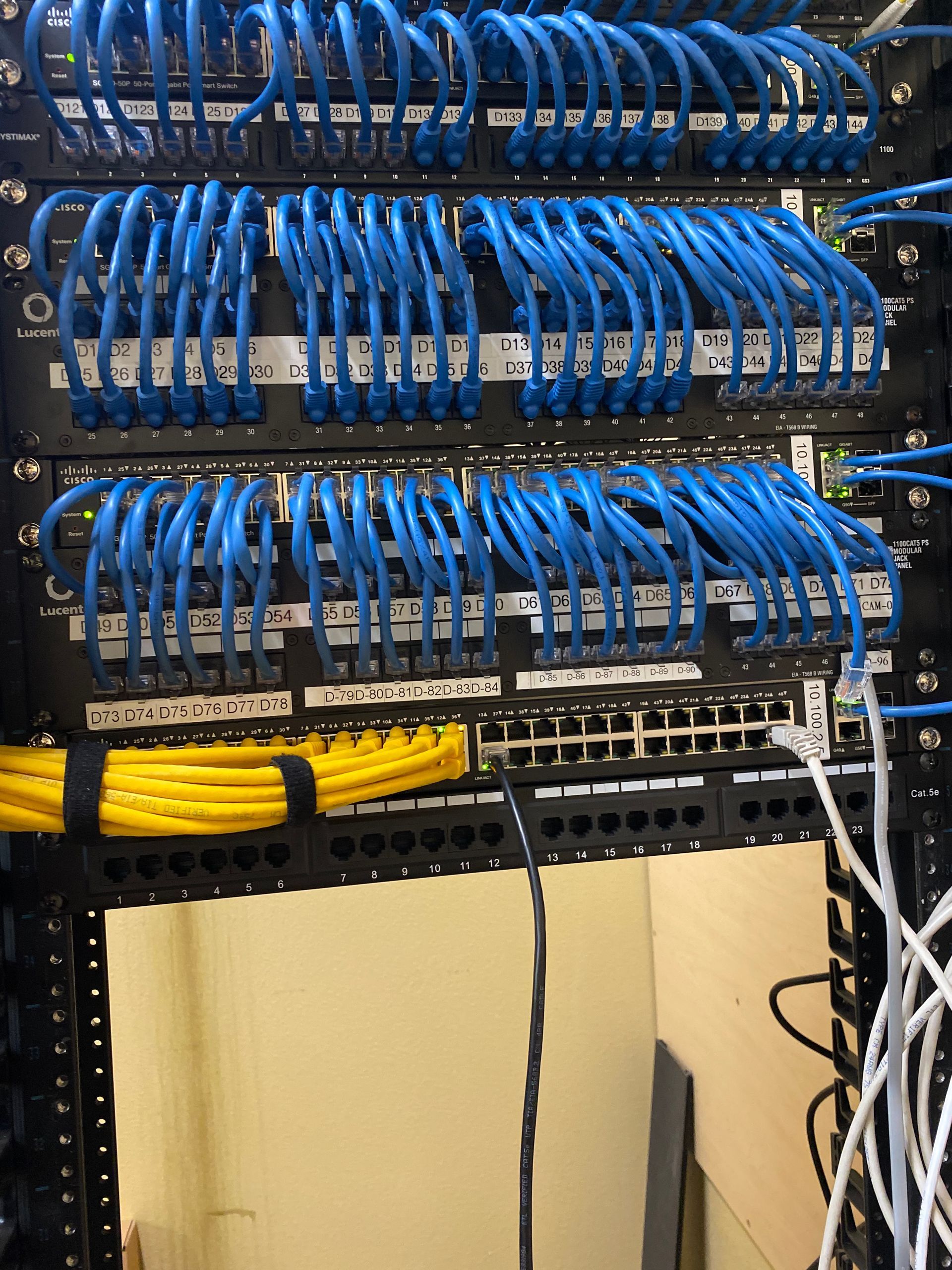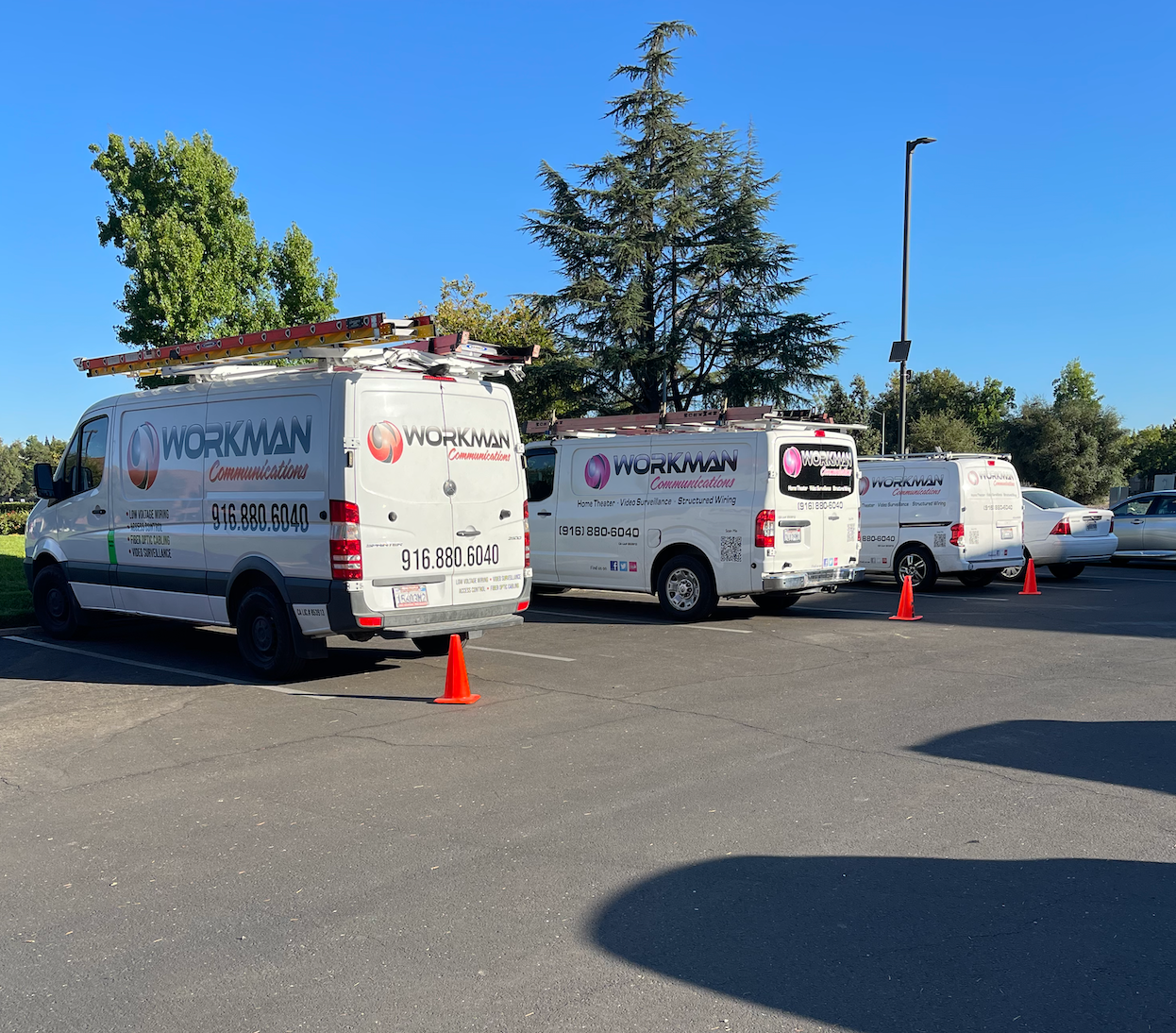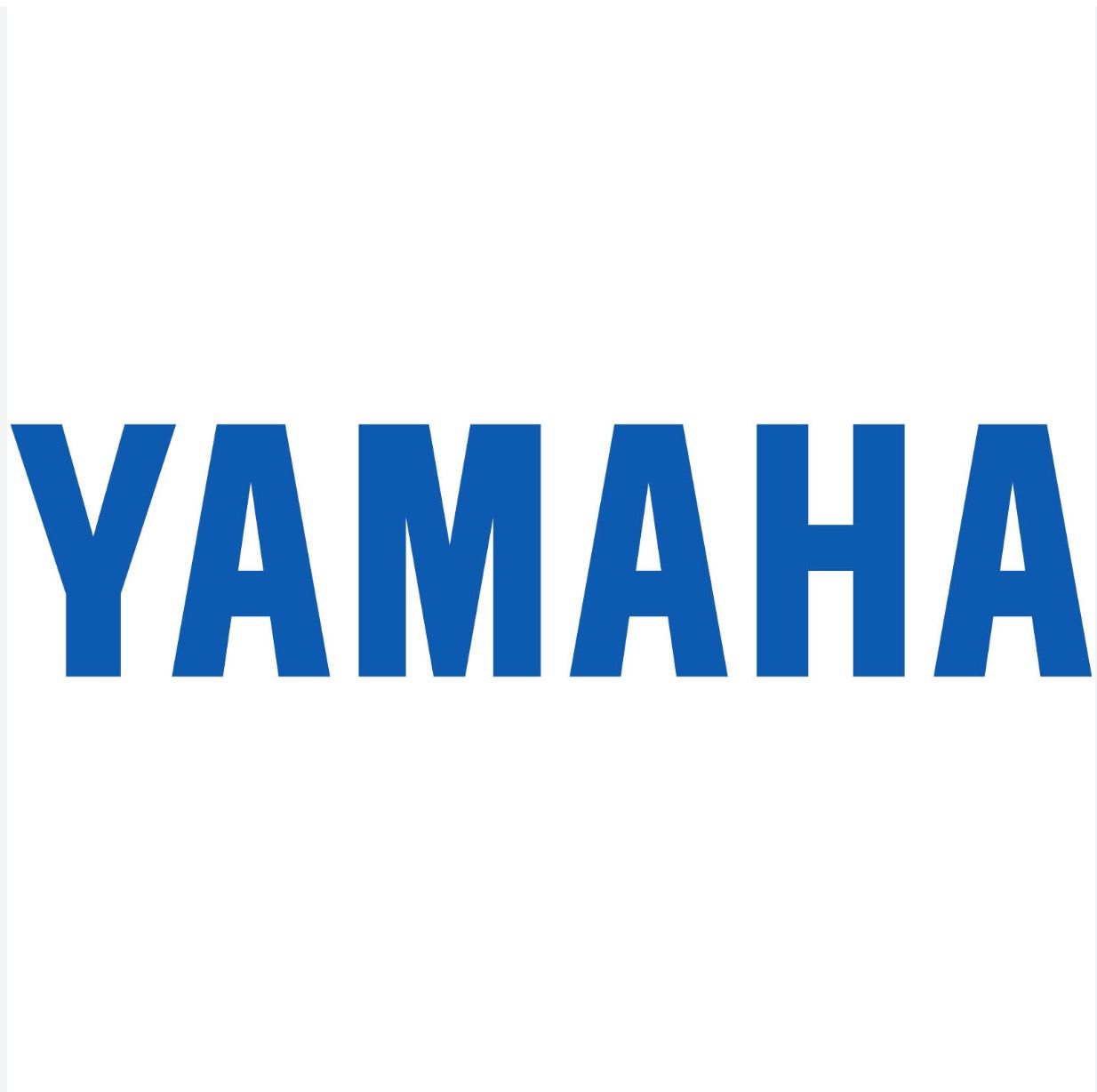Why You Want Eero’s!
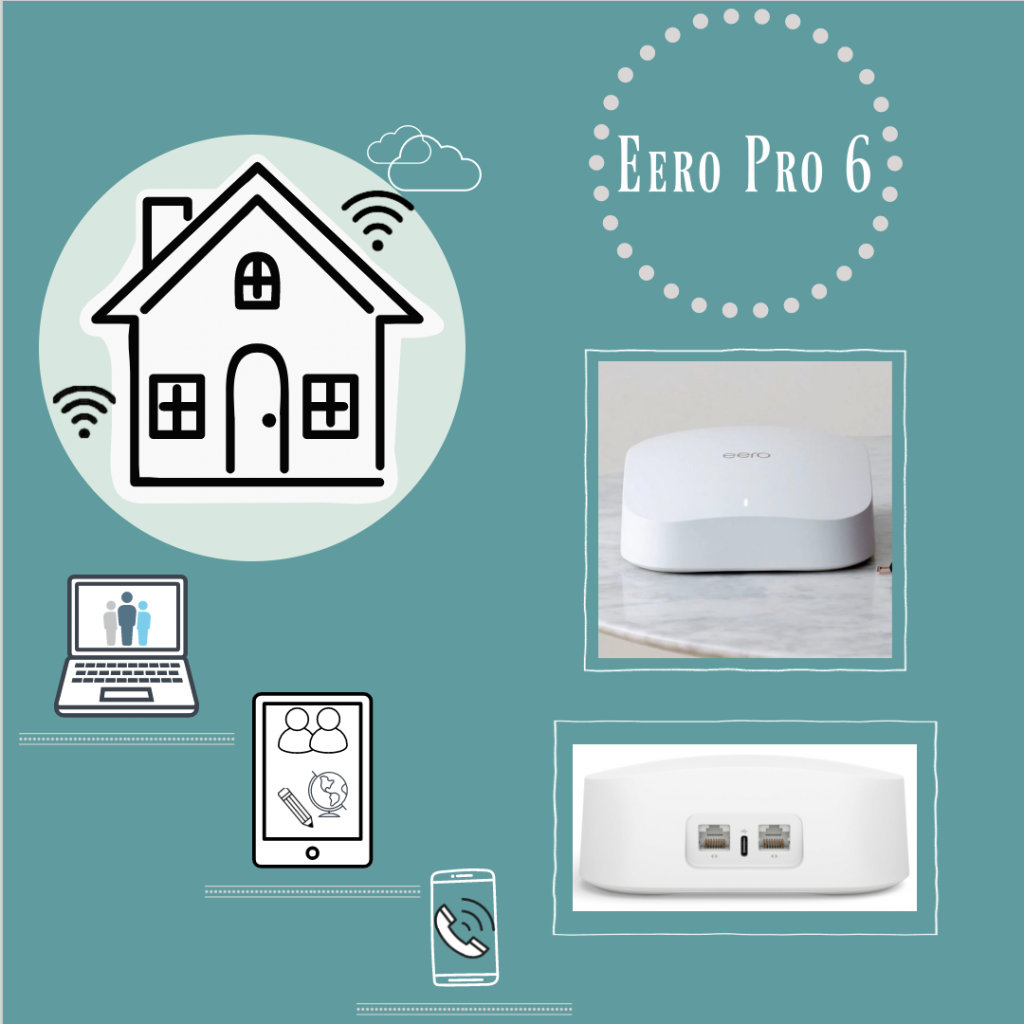
With the school year starting back up, families are continuing distance learning or working remotely from home. This requires A LOT of Wifi and network usage. ?
This last week we have had a surge of projects involving Eero installation. Eero’s are a wireless network system that replaces your router by creating its own network cloud, freeing up space and pulling devices off of your hardwired network. This means faster and more reliable wireless WiFi for your kiddos doing their school work on their chrome books and iPads, as well as, for you doing work on your PC or Tablet.
The cool thing about Eero’s they can also be hardwired from your Ethernet port to your device, OR wirelessly to create a wireless mesh system. Eero’s are a great alternative because of their versatility, which allows you to reap the benefits of both wireless & hardwired.
While we firstly recommend hardwiring your home for network, Eero’s make for a great second option if you want to go wireless, or need the extra WiFi boost, especially in two story homes where hardwiring cable can get a little more tricky. Lucky for you, our teams here at Workman install Eero’s all the time. We make sure each team member is knowledgable on the Eero product that way they can show you how to use them and what they’re capable of! ?
You can learn more about eero products here: https://eero.com/ Or contact our office to discuss your project (916) 880-6040 x1

The post Why You Want Eero’s! appeared first on Workman Communications.



